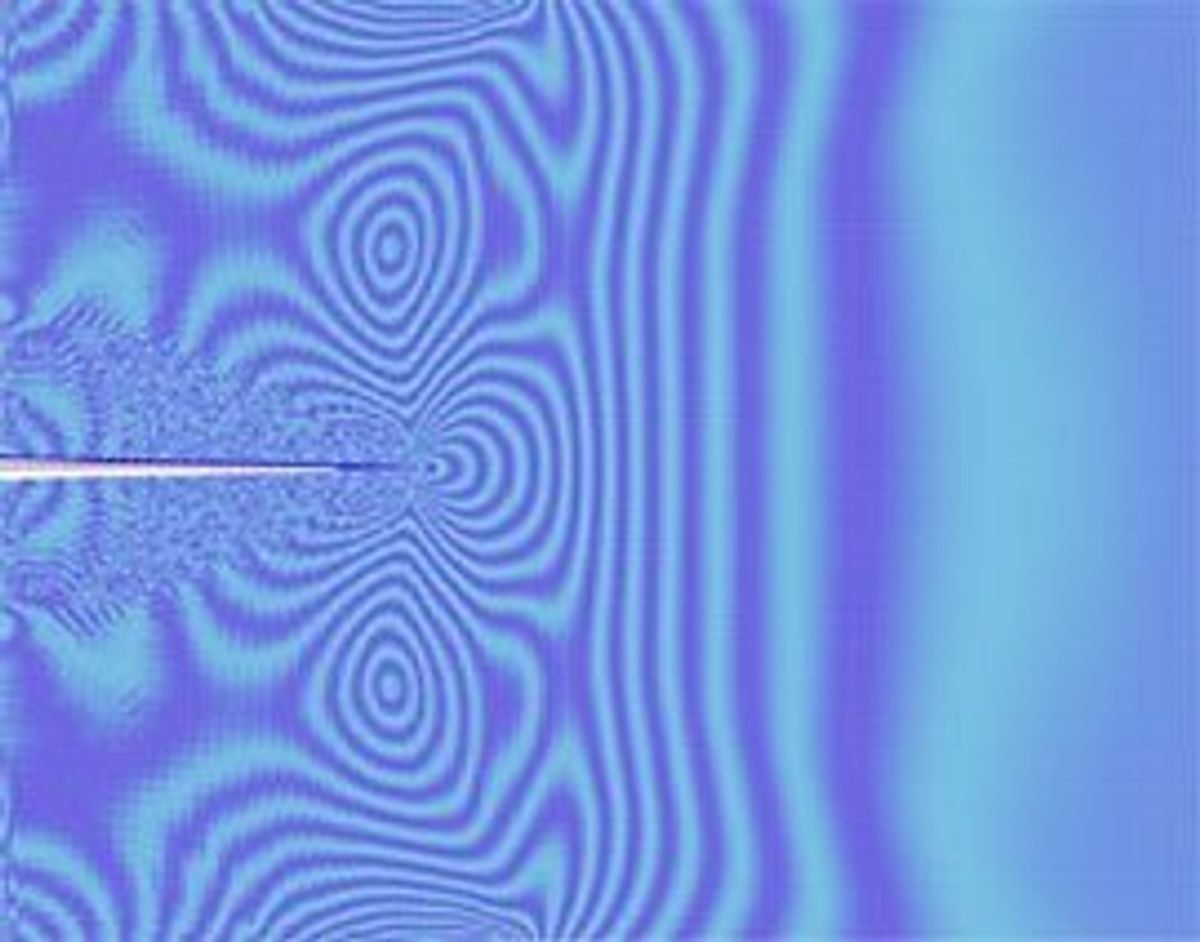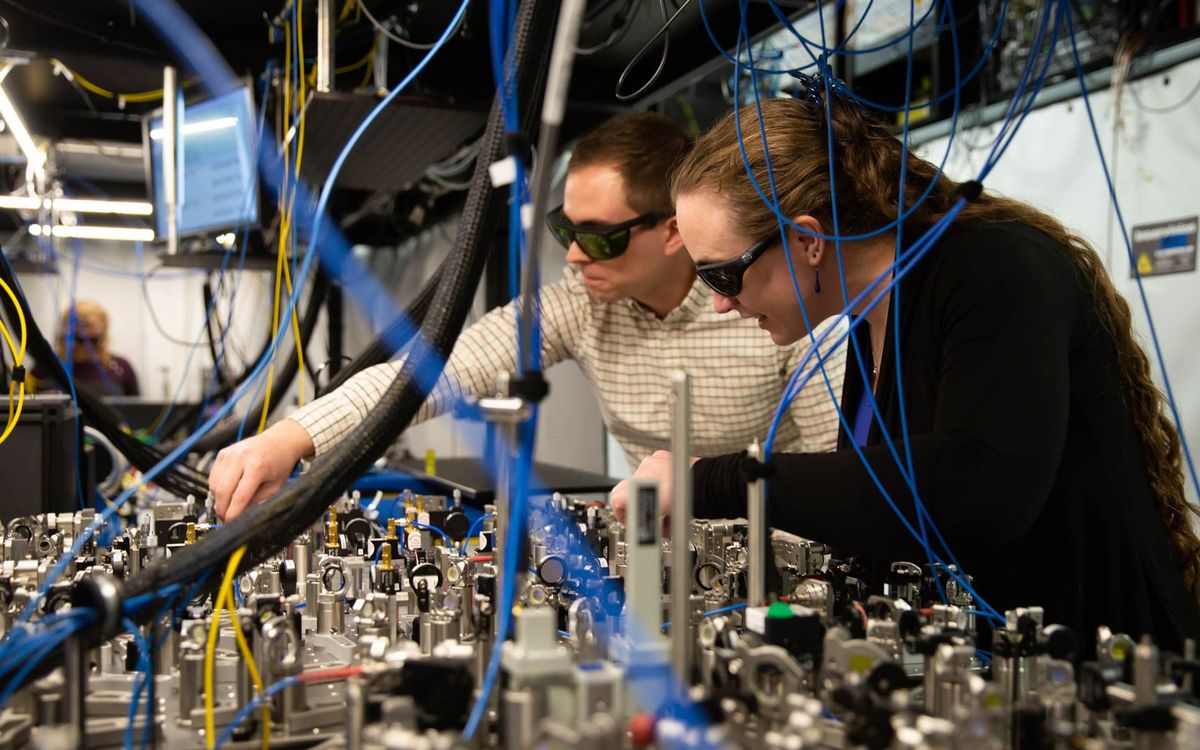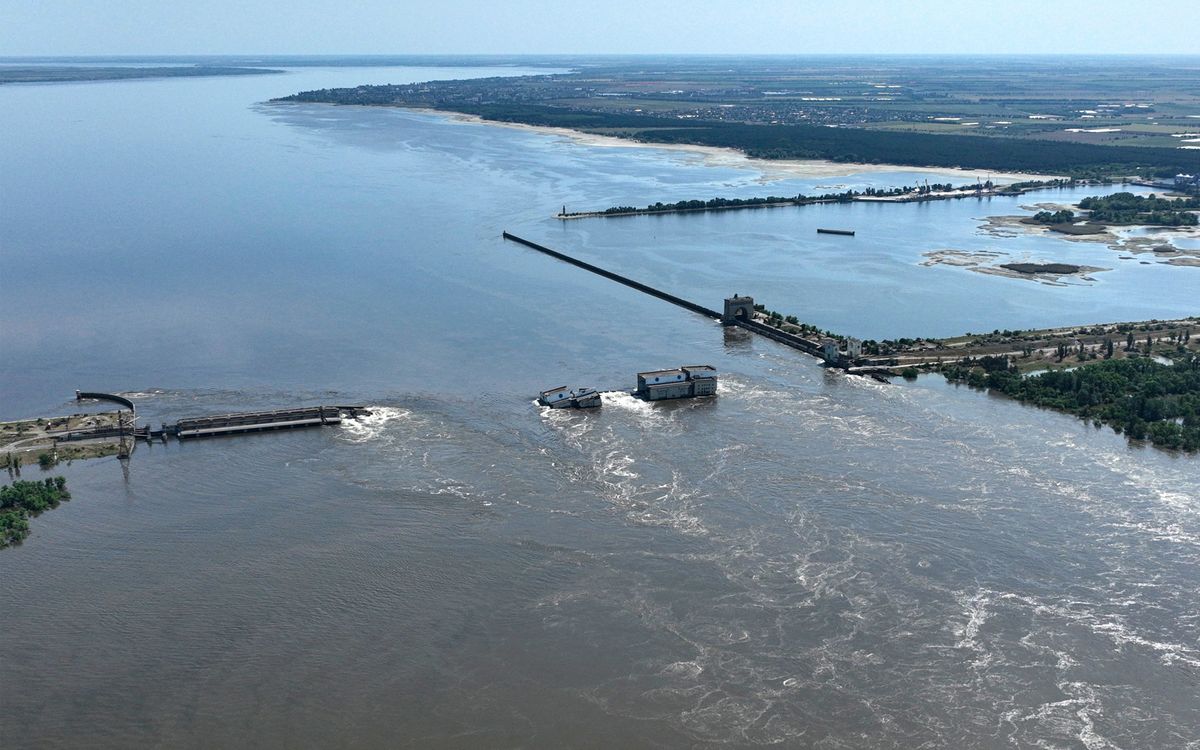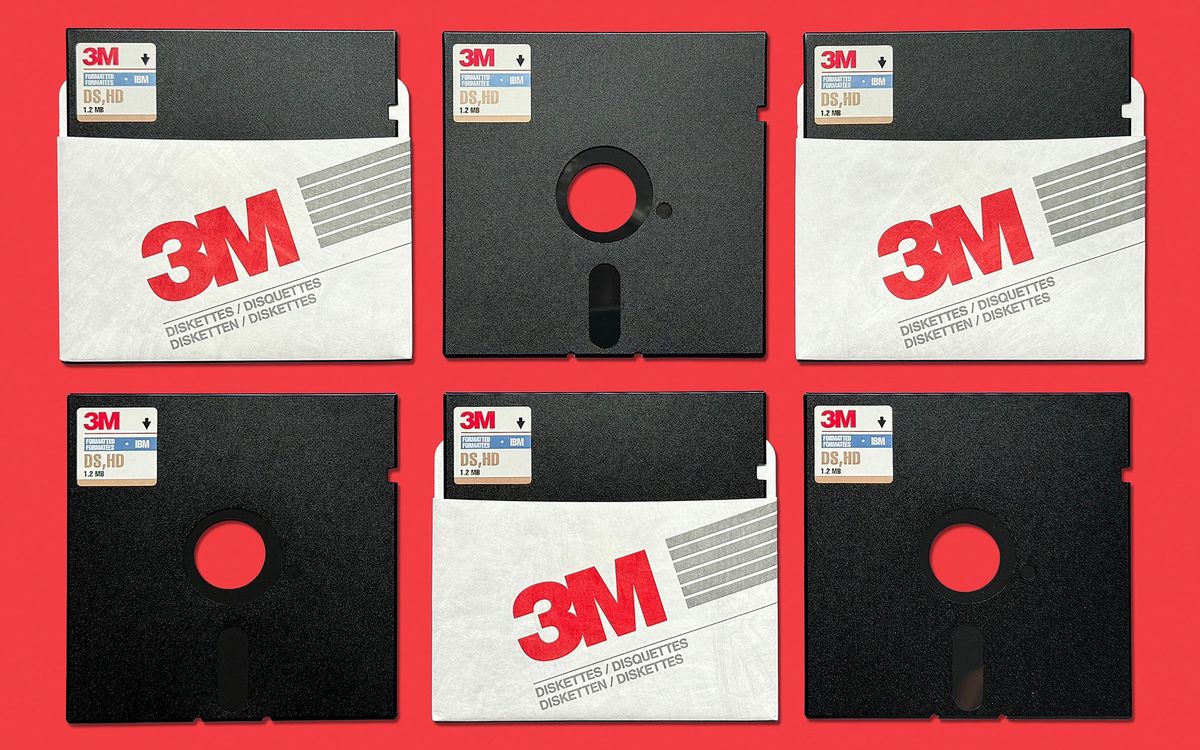Last July, Dr. Hongbing Lu, a nanomaterials expert and researcher at the University of Texas at Dallas, received nearly $900,000 from the US Department of Energy (DoE) to begin to look at how it may be possible to improve the materials used for cladding nuclear fuel rods.
At the time of the announcement, it seemed the main benefit to come from the research would be a reduction in fuel burn rate and increasing efficiency of nuclear power plants. But now with the unfolding nuclear disaster in Japan one can’t help but wonder if improving the cladding materials of the nuclear rods might have helped avoid leakage when the rods were temporarily exposed.“We’re working on a very general simulation methodology that can be applied to that kind of environment,” Lu said. “It’s more than just crack growth. We need to understand how the material behaves under extreme pressure, temperature, corrosion and irradiation. With the methodology we’re using, we’re taking all of those factors into consideration and incorporating material behaviors into some mathematical models to describe them under very complicated conditions.”
At the time of the article announcing the DoE research grant, Lu expected that the materials research they were conducting would not only be beneficial for the materials cladding the nuclear fuel rods but also for other parts of a nuclear power plant.
Dexter Johnson is a contributing editor at IEEE Spectrum, with a focus on nanotechnology.




